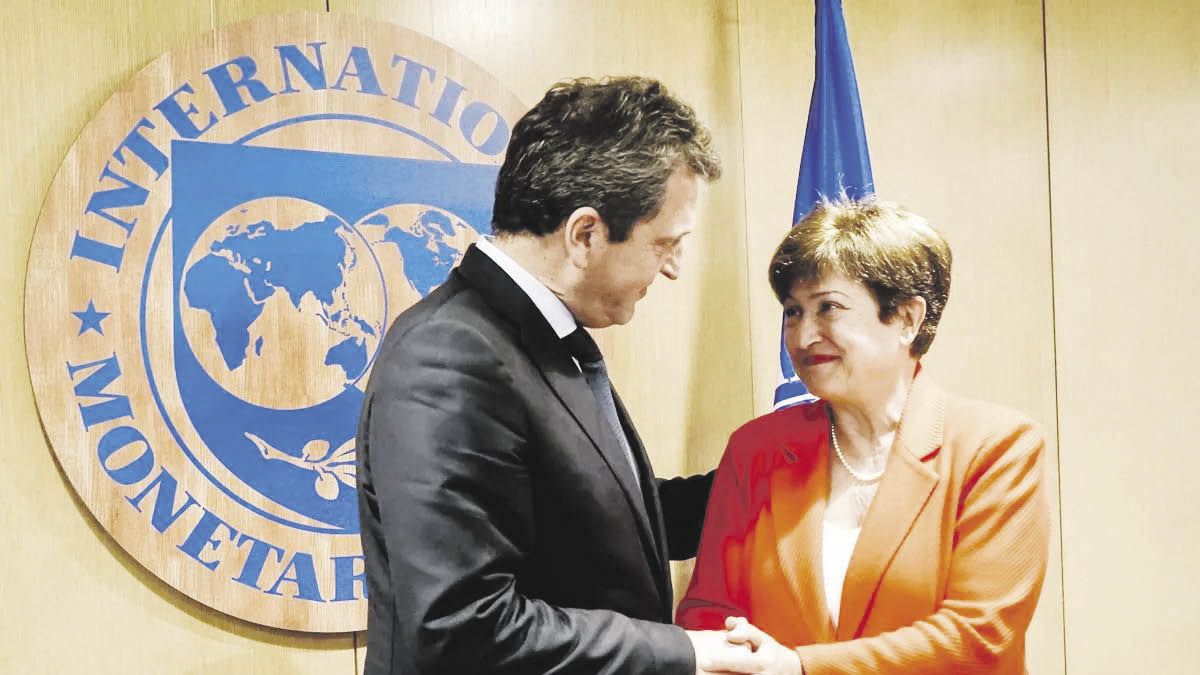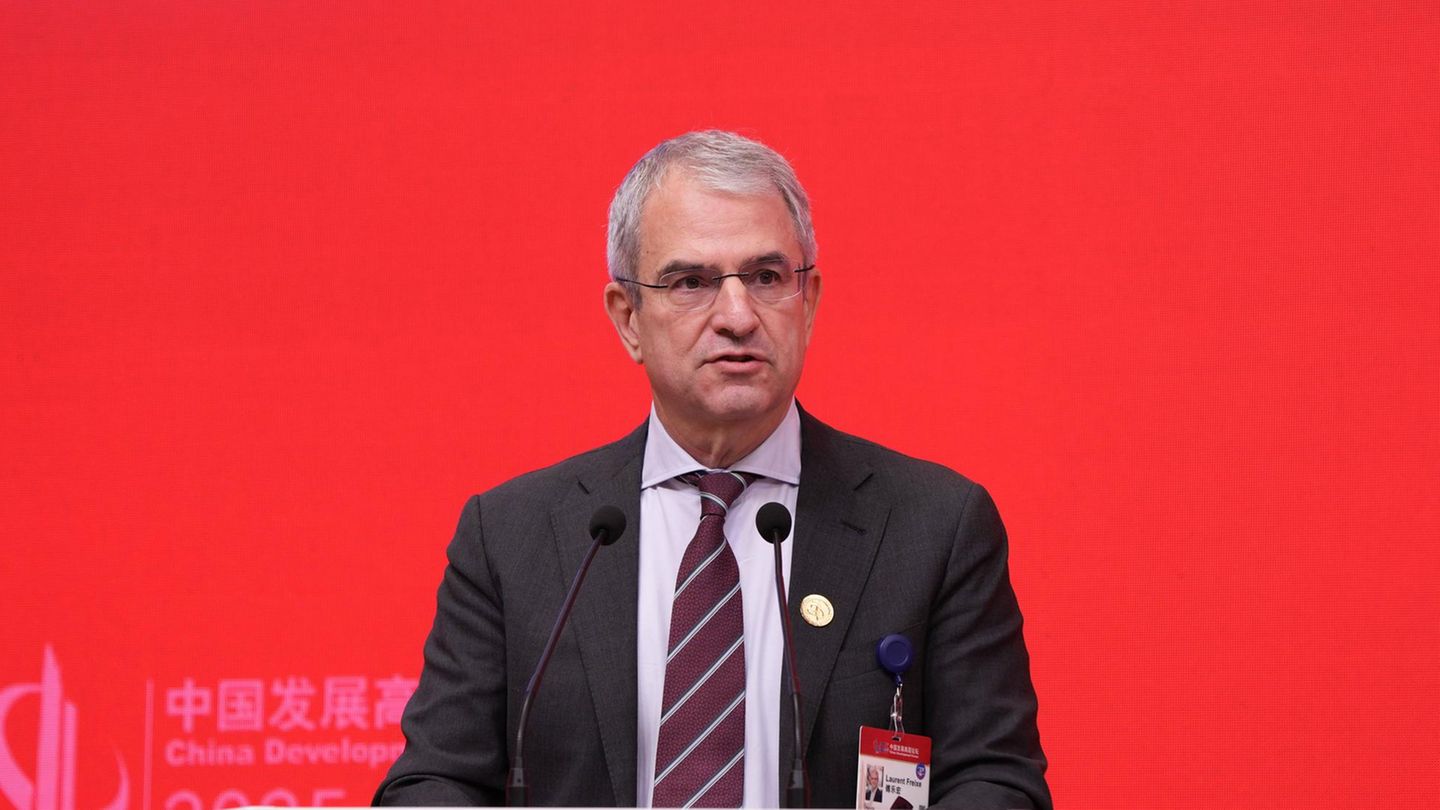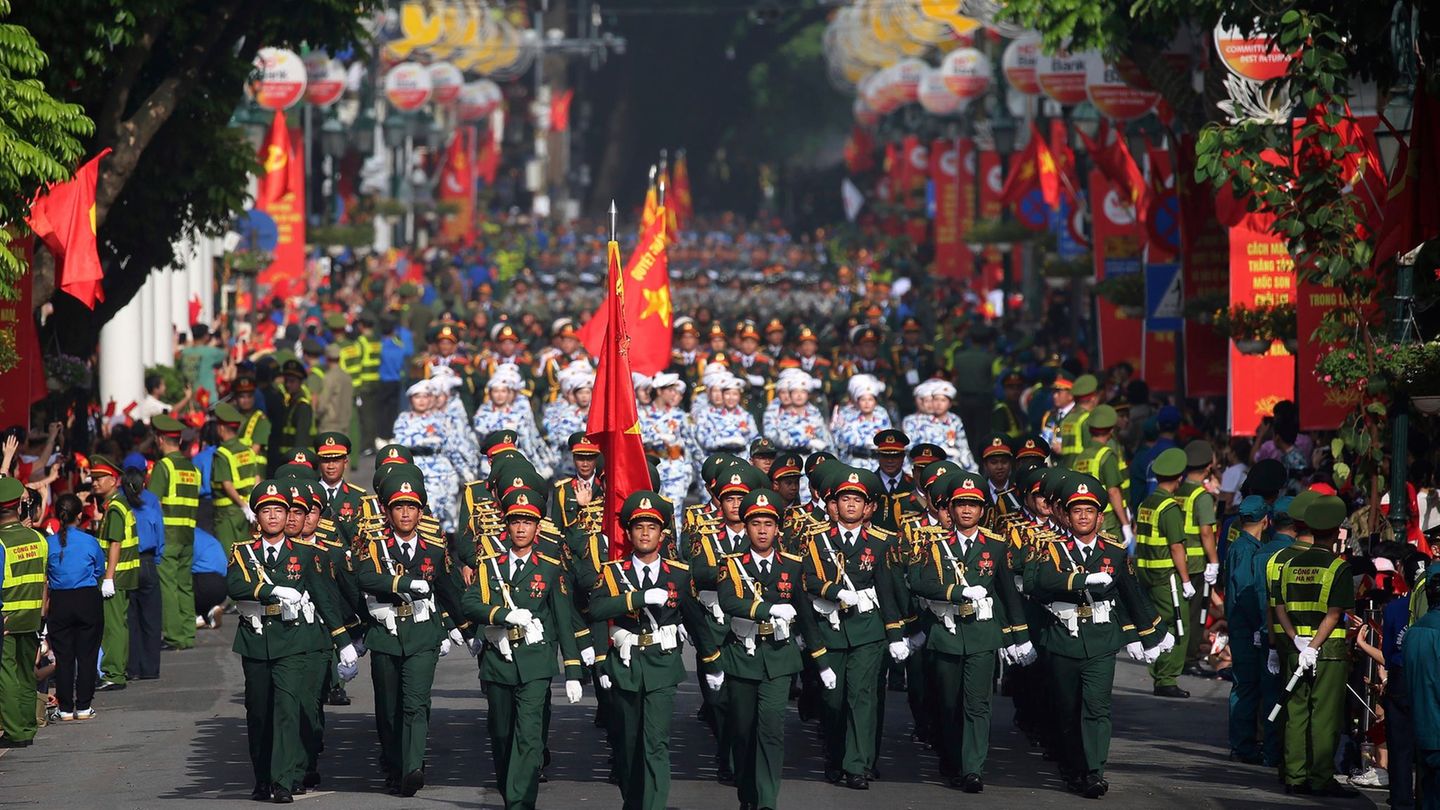Meanwhile, at the Palacio de Hacienda the next meeting of the IMF Board is awaited, which has to approve the technical report of the goals for the third quarter of the agency’s staffwhich is the remaining bureaucratic instance for the agency to pay the last disbursement of 2022.
Though The IMF does not officially have a meeting of its board of directors scheduled to analyze the case of Argentina, Ámbito was able to find out that the treatment will be this Thursday, day on which he plans to discuss an agreement with Guinea and the first and second review of the program in force with Chad.
Once the board approves the staff report an expected disbursement of about $6 billion is assumed to arrive the next day or within 48 hours, meeting the annual goal of net reserves of $5.8 billion (cut to $5 billion). ), dollar soybean II in between.
If there is something that could complicate the objective of the reserves of 2022 is that the amounts of dollars liquidated by the cereal companies within the framework of the Export Incentive Program (PIE) is less than expectedwhich is forcing the Government to further tighten controls on imports.
“The program may not meet the established objective of US$3,000 millionsince producers are reluctant to dispose of their grains massively at an exchange rate of $230 facing a 2023 drought in which the most extreme scenarios estimate it to be more damaging than in 2008/2009”, They pointed out from Portfolio Personal Inversiones (PPI).
In a report, PPI points out that “as proof of this, the prices per ton paid in the local market in recent days have an implicit exchange rate of $273, much higher than that established by the Government” of $230.
PPI warns that “beyond this, the monetary effects inherent to the soybean dollar were present again, with an issue for the purchase of reserves of 0.3% of GDP in the middle of the month”.
For its part, the consultant Ecolatina warns that during the past week “the monetary authority acquired US$360 million, at an average rate of US$72 million per day, against the US$79 million from last week and US$91 million from the first week of validity of the renewed scheme”.
However, it maintains that in the last week “it managed to capture 77% of what was liquidated by the PIE II, well above the 50% that had been registered so far and exceeding the average of the PIE I (65%).”
The report states that “To have a dimension of the challenge, if the daily rhythm of this week were maintained in the remainder of the month, the settlements would total almost US$2.800 million, therefore the agreement would not be fulfilled”.
“To meet the daily average, it should at least go to the area of $120 million”says the Ecolatina report.
On the other hand, the Government has to face other payments. This month it has to pay US$183 million to other international organizations, beyond the IMF, between repayments and interest; in bilateral loans another US$36 million; Y US$96 million bills from the Central Bank in foreign currency.
Source: Ambito
David William is a talented author who has made a name for himself in the world of writing. He is a professional author who writes on a wide range of topics, from general interest to opinion news. David is currently working as a writer at 24 hours worlds where he brings his unique perspective and in-depth research to his articles, making them both informative and engaging.




